The Heraldry of the House of Pringle
The Heraldry of the House of Pringle
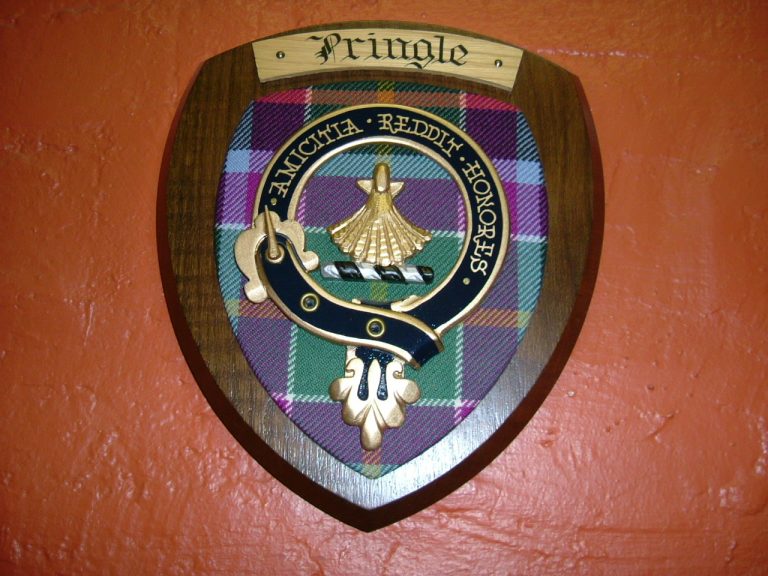
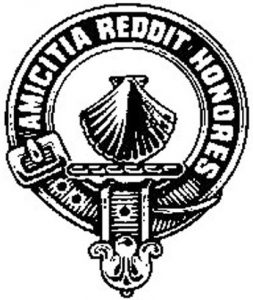
The Clan Pringle Crest Badge
The Heraldry of the House of Pringle
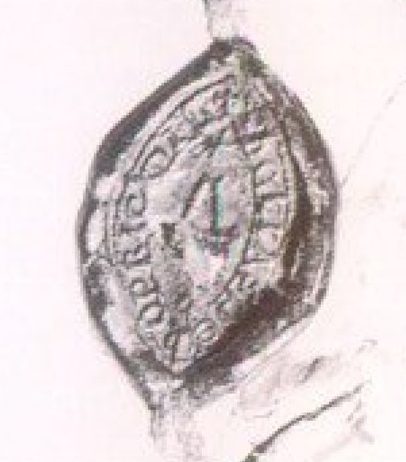
Introduction
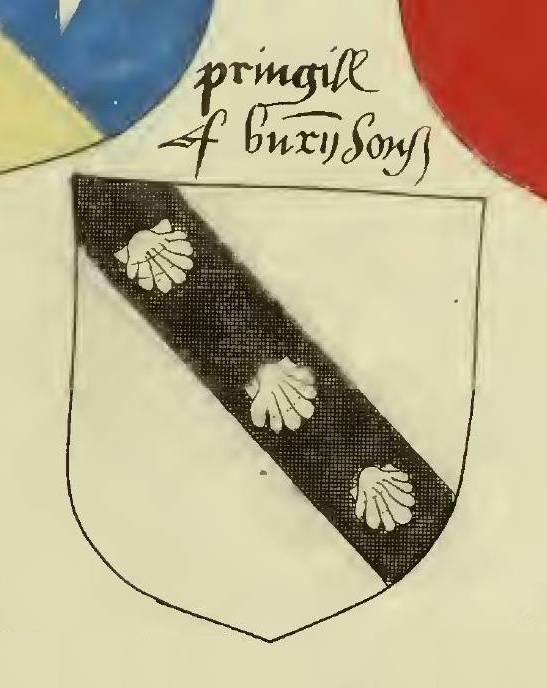
![Lindsey – Pryngille of [Smailholm] Lindsey - Pryngille of [Smailholm]](https://pringle.info/wp-content/uploads/2021/12/Lindsey-Pryngille-of-Smailholm.jpg)
The 1537 Seal of John Hoppringill of Smailholm and Gala, the 5th Laird (picture below from Laings Seals) also shows an engrailed bend. Howeever, in 1583, his son Andrew Pringle of Smailholm and Gala, the 6th Laird, had his arms carved on a stone block above the door of his new residence (what is now called ‘Old Gala House’) and these arms show five scallop shells upon a saltier (St Andrews Cross). His son Sir James Pringle of Gala, the 7th Laird, built an extention to the house in 1611 and had another panel or fire place lintel carved with the same arms, which can still be seen in the house. The reason why the Pringles of Smailholm changed their arms from three scallop shells on an engrailed bend to five scallop shells on an engrailed saltier, is not recorded. These arms were later matriculated in the Lyon Register by the Pringles of Whytbank as representors of the Pringles of Smailholm and Gala.
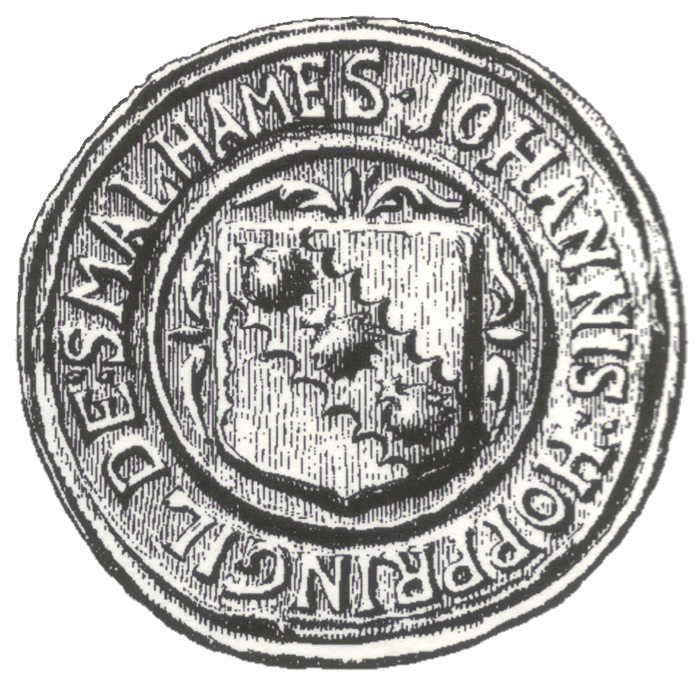
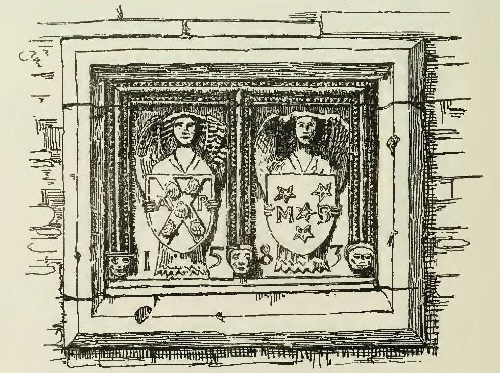
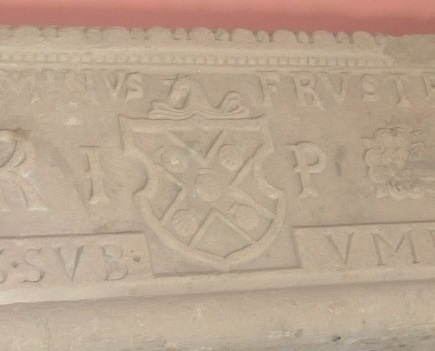
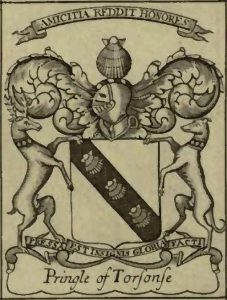
In 1828 the Lord Lyon granted Alexander Pringle of Whytbank, as the representative of the Pringles of Smailholm and Gala, two Pilgrims as supporters. The Lord Lyon must have assumed that the Whytbank Pringles were now the heads of the name, since it has long been assumed that the Pringles of Stitchell were a cadet branch of the Smailholm Pringles. This is not the case, the Pringles of Stichell are cadets of the Pringles of that ilk.
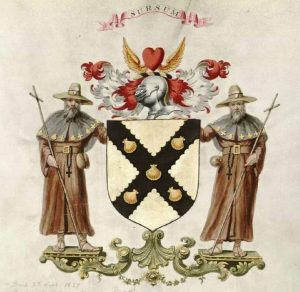
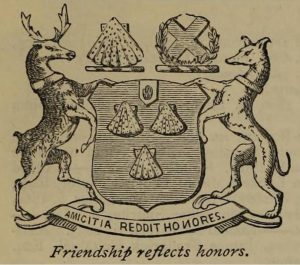
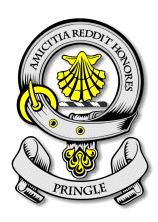
Contents:
See also: PRINGLE ARMS http://heraldry-online.org.uk/pringle/pringle-arms.htm
